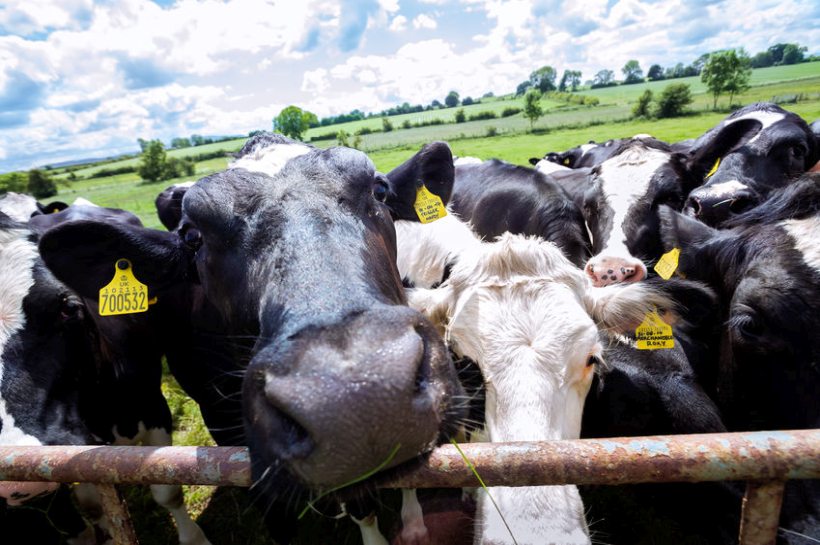
Dairy cows with no access to outside pasture may have 'damaged emotional wellbeing', according to new UK research.
The effects of pasture access on dairy cows’ psychological wellbeing have been poorly understood, until now.
The new study, from the Queen’s University Belfast, is the first of its kind to investigate the issue.
To conduct it, researchers gave 29 Holstein-Friesian dairy cows 18 days of overnight pasture access and 18 days of full-time indoor housing.
Each cow was then trained to approach a food rewarded bucket location, but not approach another, unrewarded bucket location.
After learning this task, to test judgement bias, the researchers presented cows with buckets in between the trained locations.
Approaching these intermediate buckets would reflect an expectation of reward under ambiguity – an 'optimistic' judgement bias, suggesting positive emotional states.
The researchers found cows kept indoors full-time were faster to approach the known rewarded bucket location.
Dr Gareth Arnott, of the Queen’s University and principal investigator on the research said: “Scientists and dairy consumers have long been concerned that depriving dairy cattle of pasture access harms their welfare.
"Pasture access can promote natural behaviour, improve cows’ health, and cows given the choice spend most of their time outside."
Andrew Crump, a postdoctoral researcher and lead author of the paper, said increased reward anticipation suggested that an animal had fewer rewards in its life.
"Our results indicate that pasture is a more rewarding environment for dairy cows, which may induce more positive emotional wellbeing than full-time housing," he said.
“Britain and Ireland have mostly resisted the trend towards housing dairy cows indoors full-time.
"We hope that our research encourages farmers, retailers, government and consumers that pasture access is important for cow welfare, and should be protected.
"In countries where full-time housing is common, we hope that ours and other welfare studies challenge this trend.”
The research has been published in the journal Scientific Reports.
